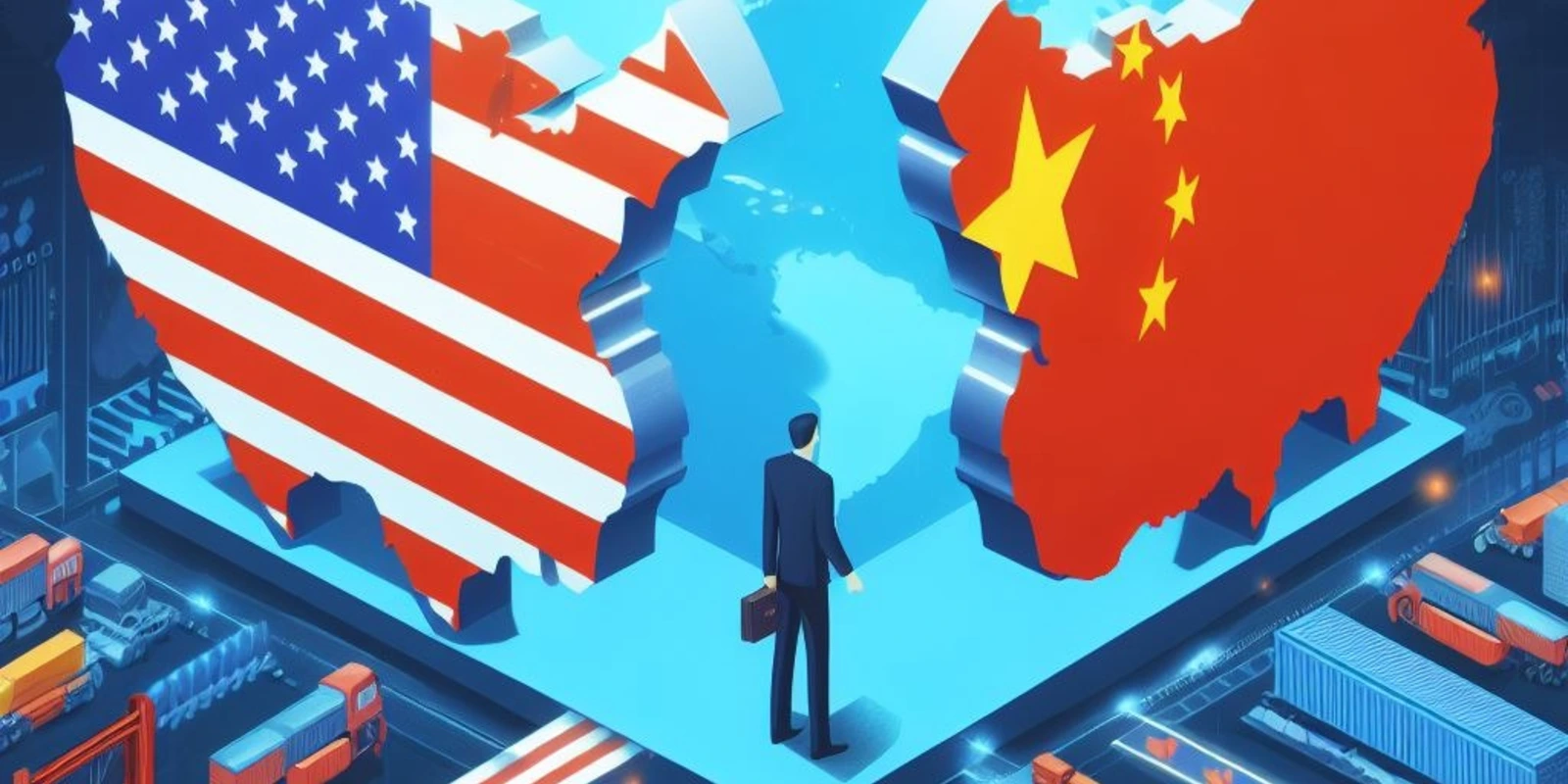
Deciphering the US-China Trade Agreement: What Businesses Need to Know

The US-China Trade Agreement of 2020 changed the face of global trade dramatically. This comprehensive discussion seeks to unearth the details of this historic agreement and its far-reaching implications for businesses worldwide.
The US-China Trade Agreement is of paramount significance as it aims at resolving the longstanding trade disputes between the world's two biggest economies. Under this agreement, China pledged to make substantial purchases of US goods and services, while the US agreed to reduce some of its tariffs on Chinese goods. Although the trade war is far from over, this agreement is a step towards a more stable and predictable international trade environment.
For businesses, it is crucial to understand the agreement's intricate details to better strategize their global operations. One of the significant changes includes China's promise to increase purchases of US manufactured products, agricultural goods, energy commodities, and services. This presents an opportunity for businesses involved in these sectors. However, the agreement's tariff reductions are partial, and many products continue to be levied, influencing the cost of doing business.
Additionally, the agreement has provisions about intellectual property rights protection, forcing China to take aggressive measures against counterfeit goods. This can help protect the interests of businesses operating in the intellectual property sector and create a fairer trade environment.
Given the intricate complexities and immense potential impact of this agreement, businesses need to stay informed about the progress and any chances for future negotiation.
As part of a broader strategy, companies should also prepare for scenarios where trade tensions may escalate again. With flexibility and adaptation at their core, businesses can turn the uncertainty of the global trade environment into opportunities.
No matter the sector, businesses need to maintain a balanced view of the global trade landscape, identifying potential risks and preparing for every eventuality.







Your insights and experiences enrich our community. Dive into the discussion and share your thoughts with us below!